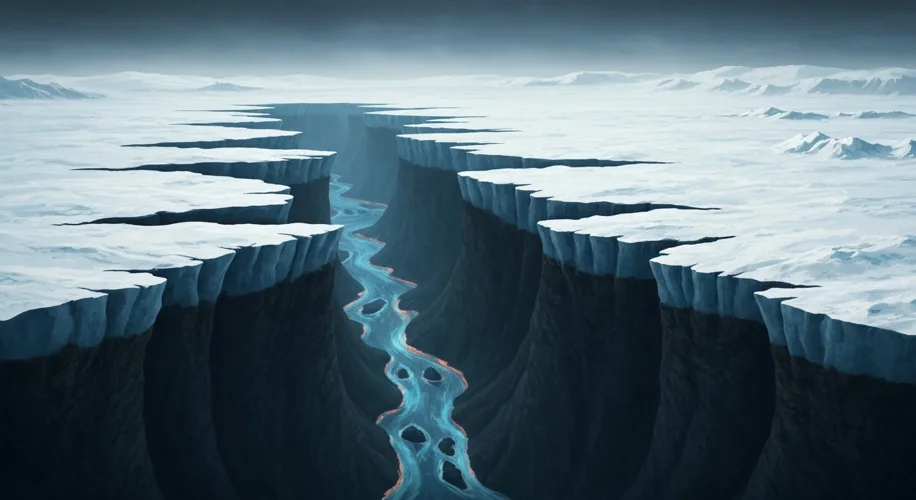Did you know that beneath the vast, icy expanse of Antarctica, scientists have recently mapped an astonishing 332 hidden canyons? It sounds like something out of an adventure novel, but it’s a groundbreaking discovery with significant implications for our understanding of climate change. Today, August 5th, 2025, let’s dive into what this means.
These aren’t small gullies. We’re talking about massive geological features carved into the Antarctic continent, hidden from view by kilometers of ice. Think of them as colossal, ancient riverbeds or fault lines, sculpted by forces deep within the Earth over millennia. What’s truly fascinating is that these canyons are not just passive geological formations; they appear to be actively influencing the massive ice sheets above them.
Scientists are now investigating how these vast underground canyons could be accelerating climate change. One key theory suggests that warmer ocean waters are finding their way into these subglacial systems. As these waters penetrate deeper and wider through the canyon networks, they can melt the ice from below. This process is particularly concerning because it can destabilize the ice shelves and glaciers that sit atop them.
Why is this important? Well, Antarctica holds a colossal amount of the world’s freshwater locked up as ice. When Antarctic ice melts and flows into the ocean, it directly contributes to sea-level rise. The discovery of these 332 canyons provides a potential explanation for why some parts of Antarctica’s ice might be melting faster than our previous models predicted.
This discovery offers crucial data for refining our climate models. Understanding these hidden geological features and their interaction with ice and ocean currents is vital for improving our predictions about future sea-level rise and the pace of climate change impacts. It’s a powerful reminder that our planet’s systems are complex and that there’s still so much to uncover, even in the most seemingly remote places.
This is why I’m so passionate about atmospheric science and environmental research. It’s about piecing together these complex puzzles. Every new piece of data, like the mapping of these canyons, helps us build a clearer picture of our changing world and how we can better prepare for the future.

